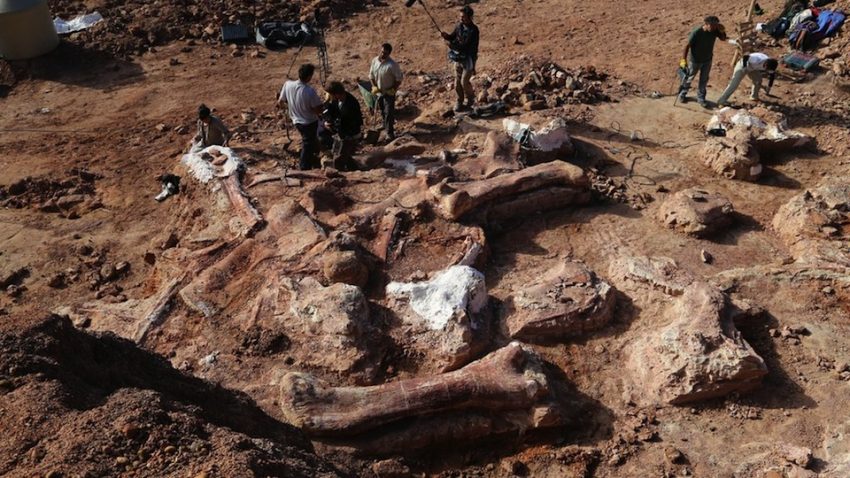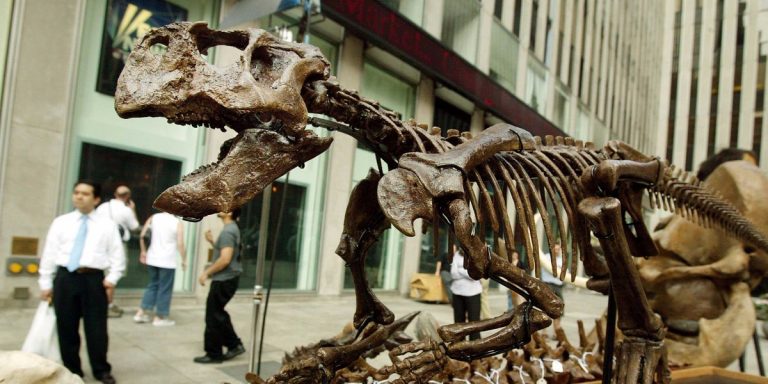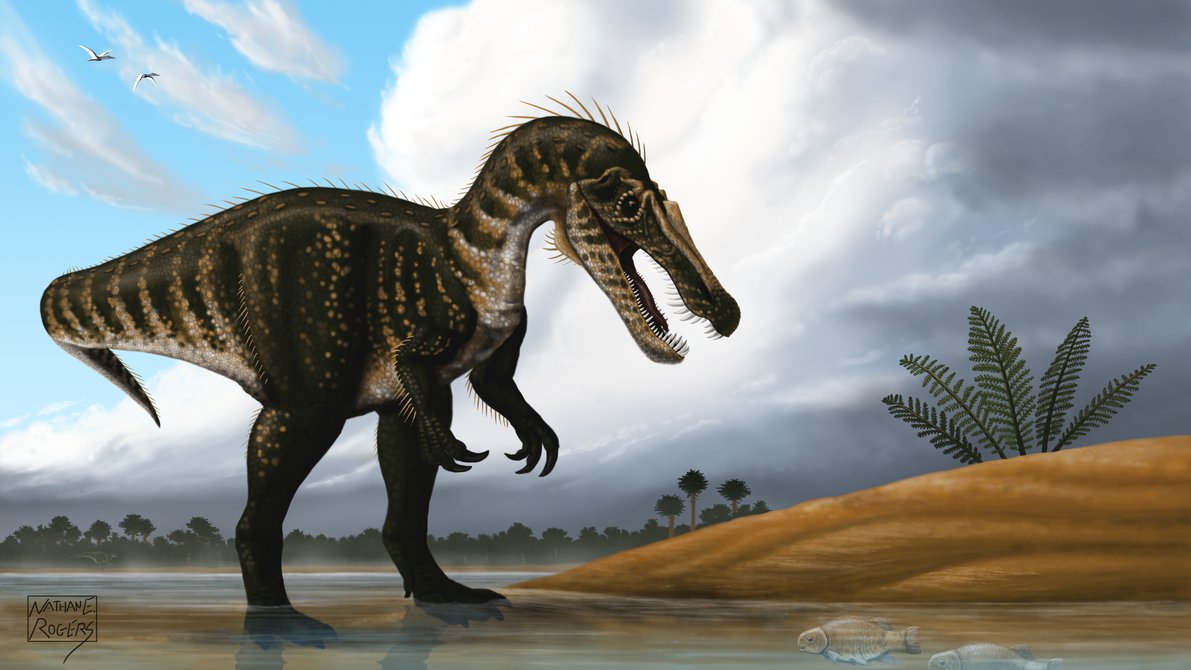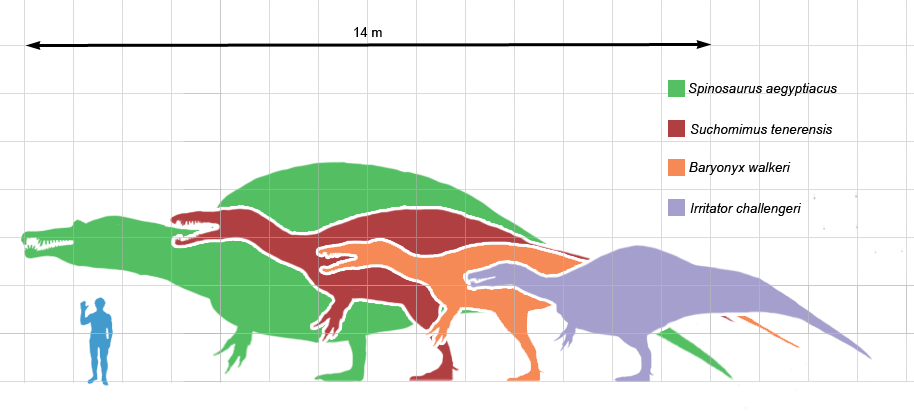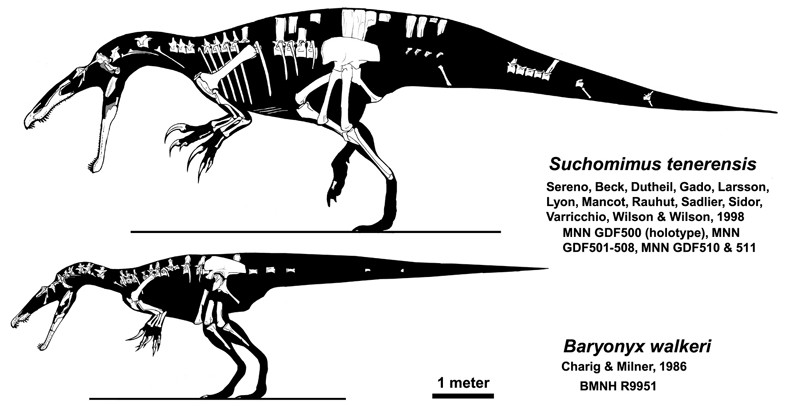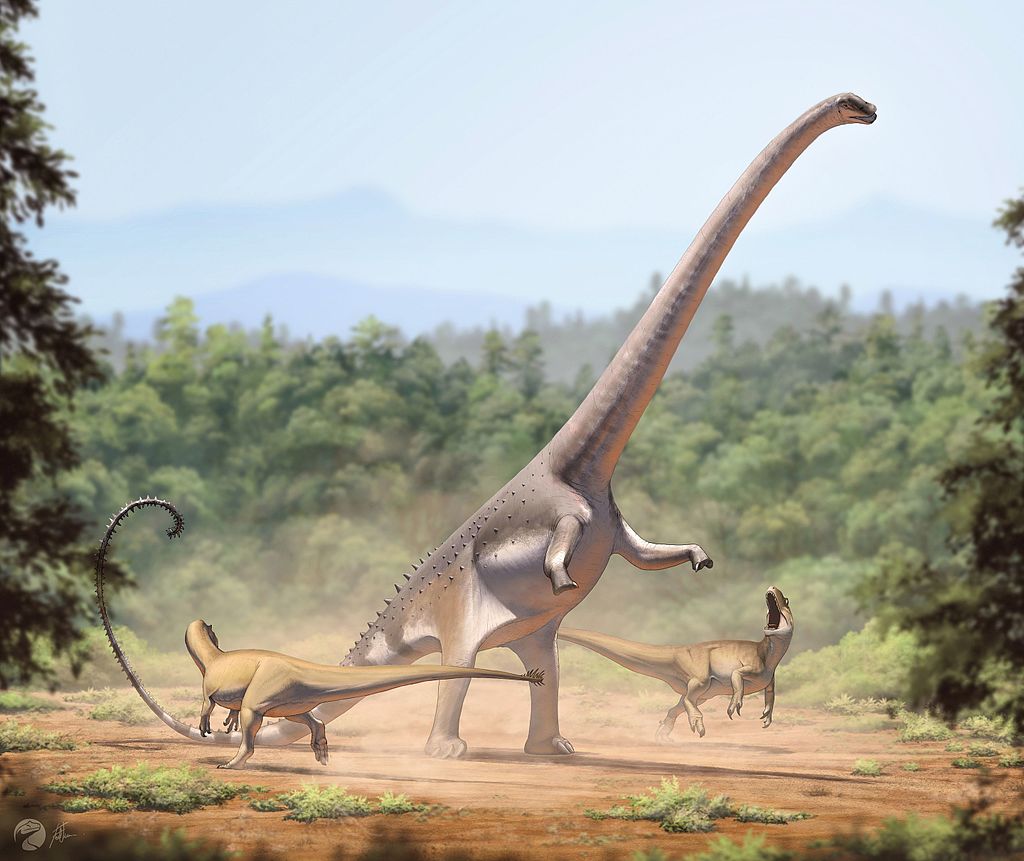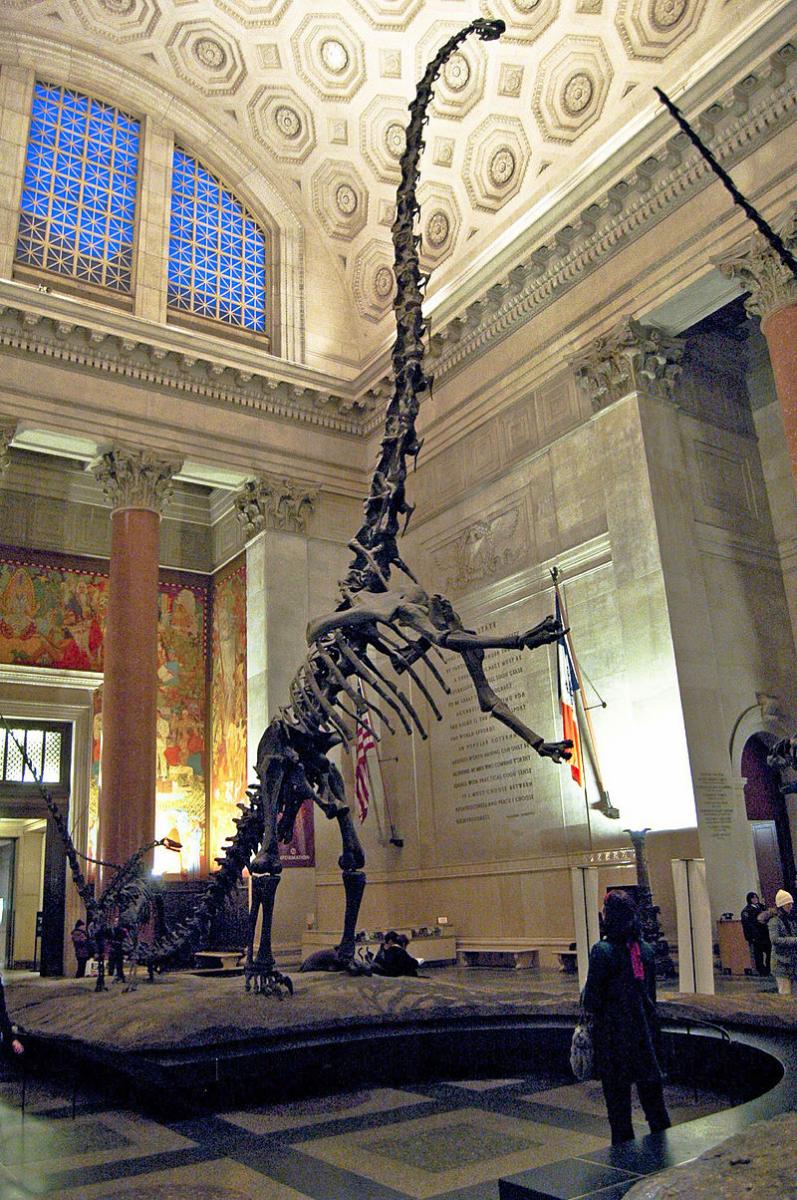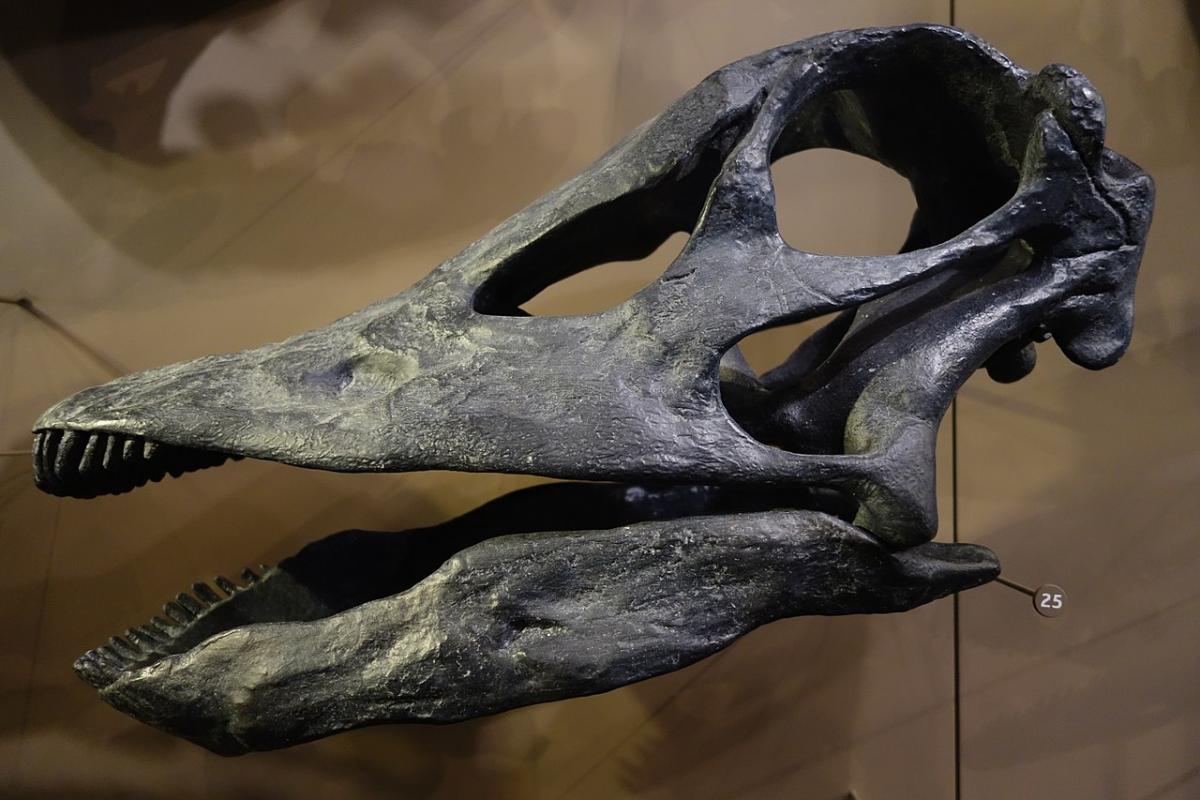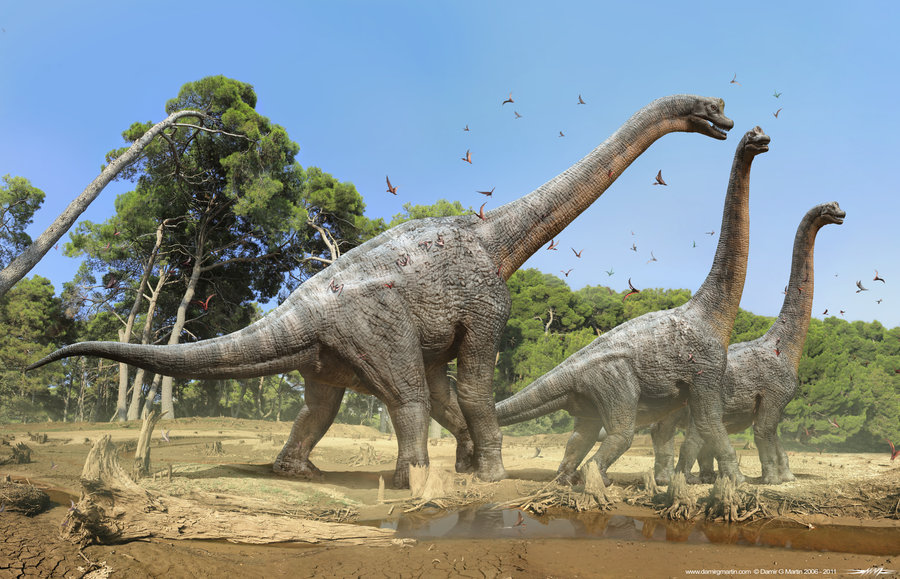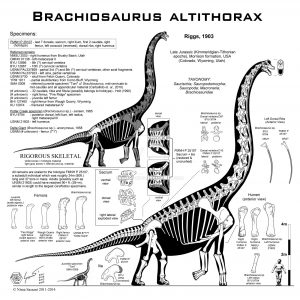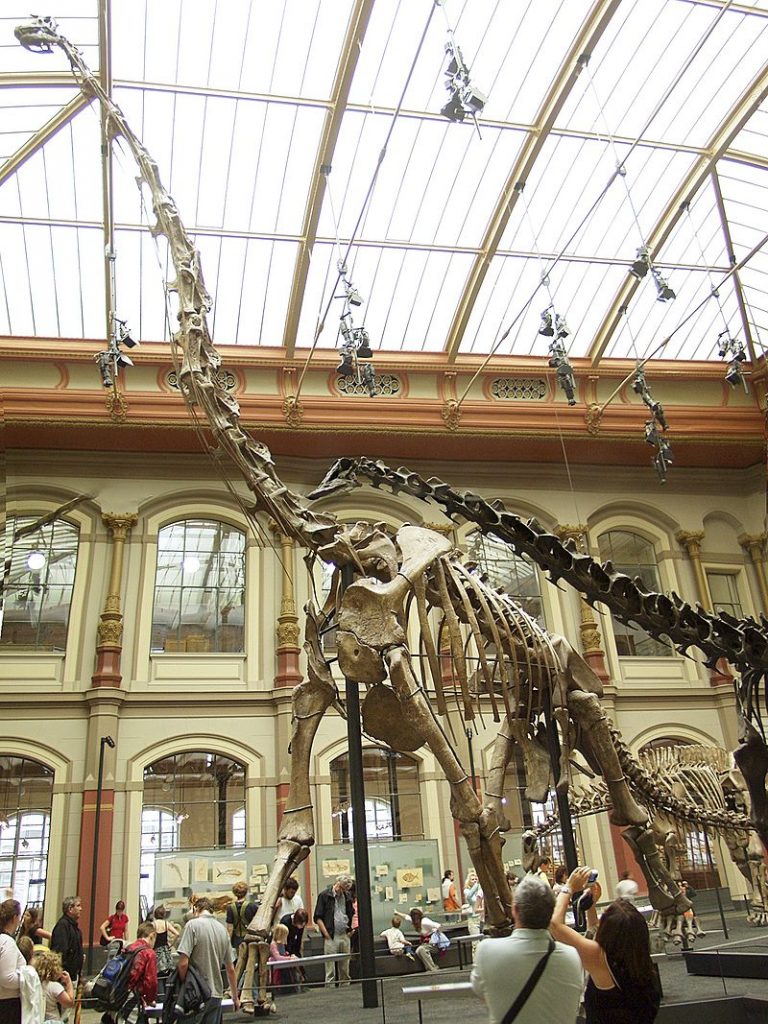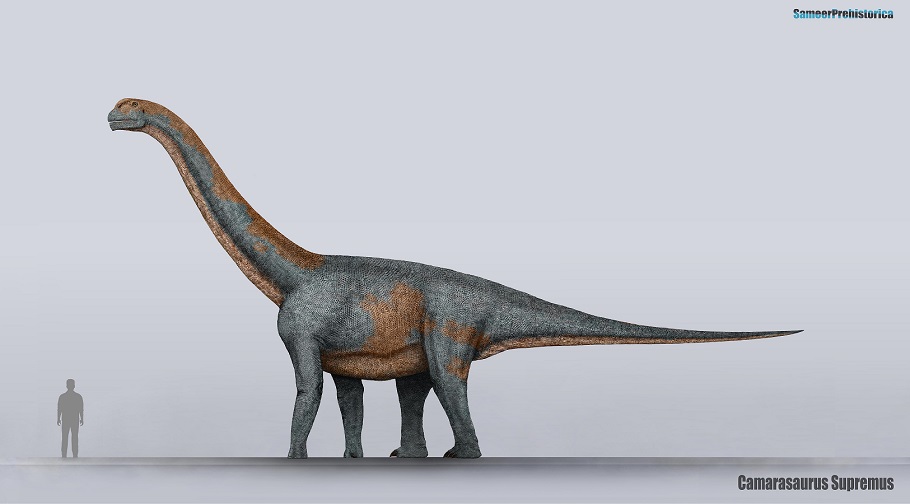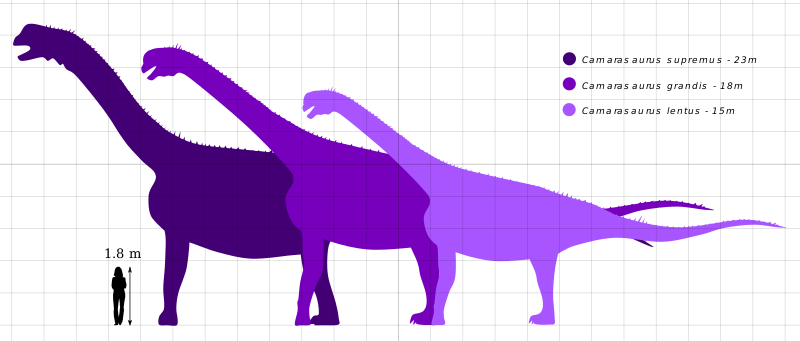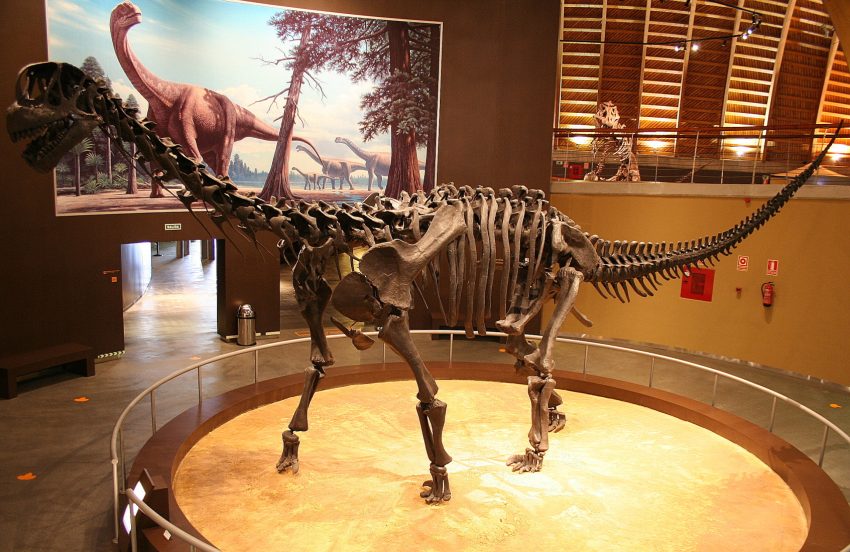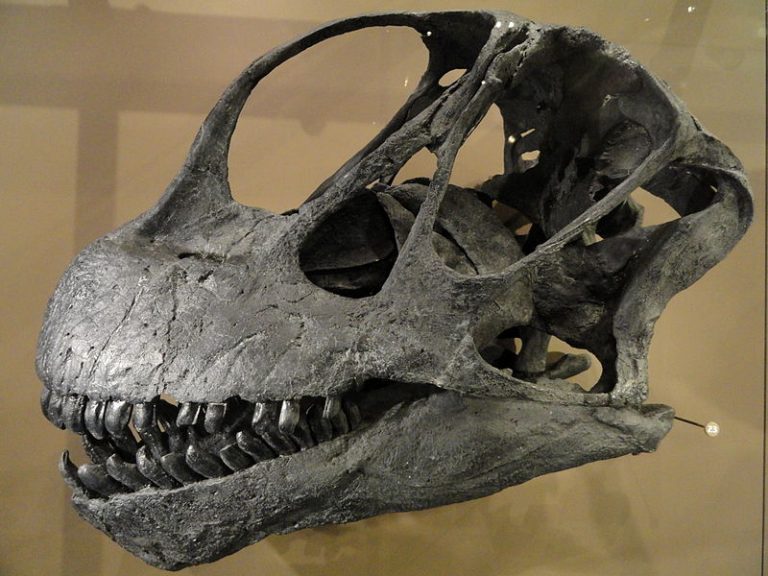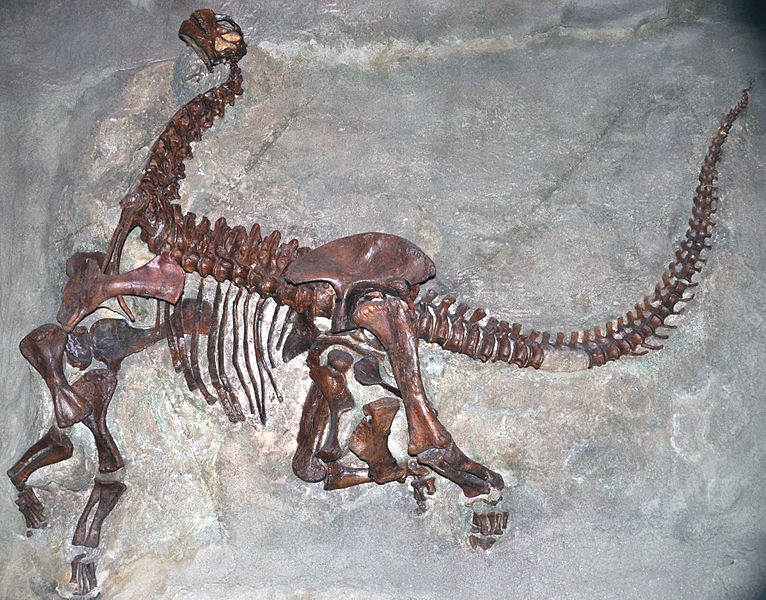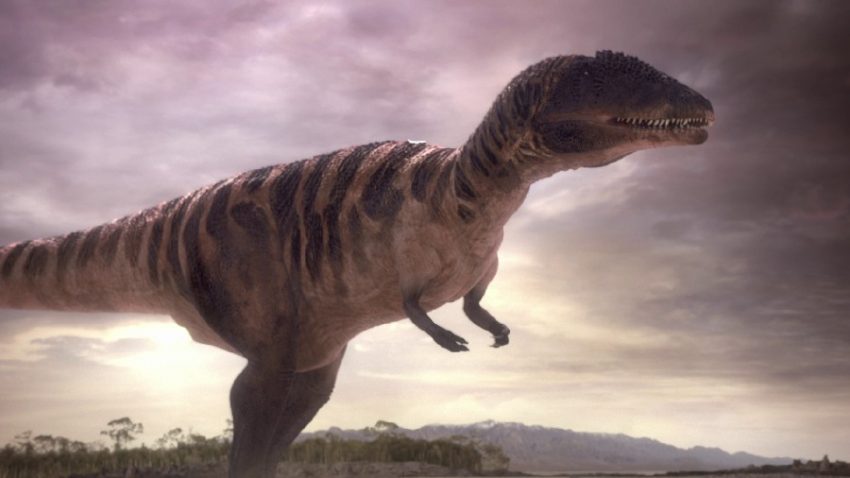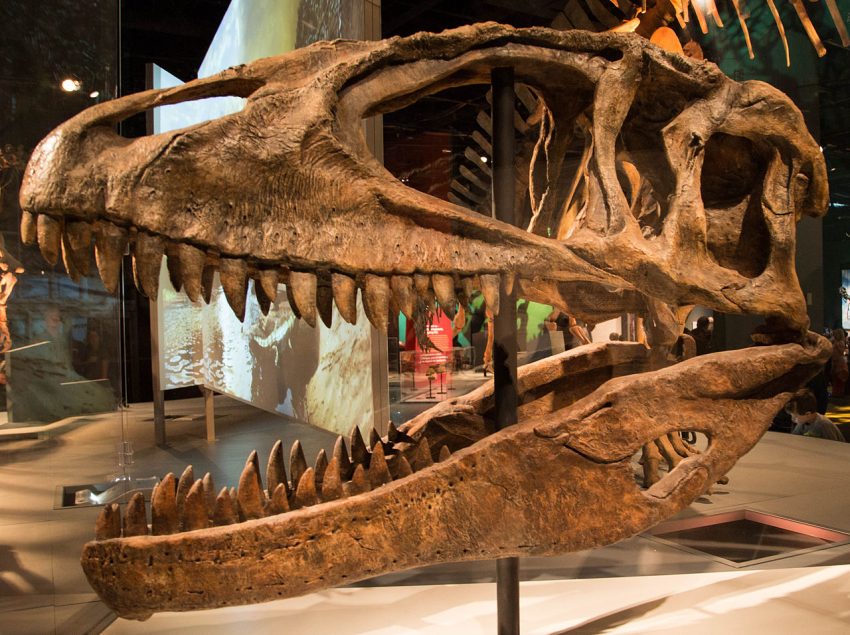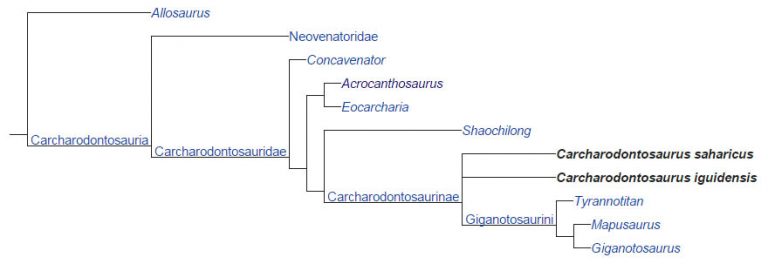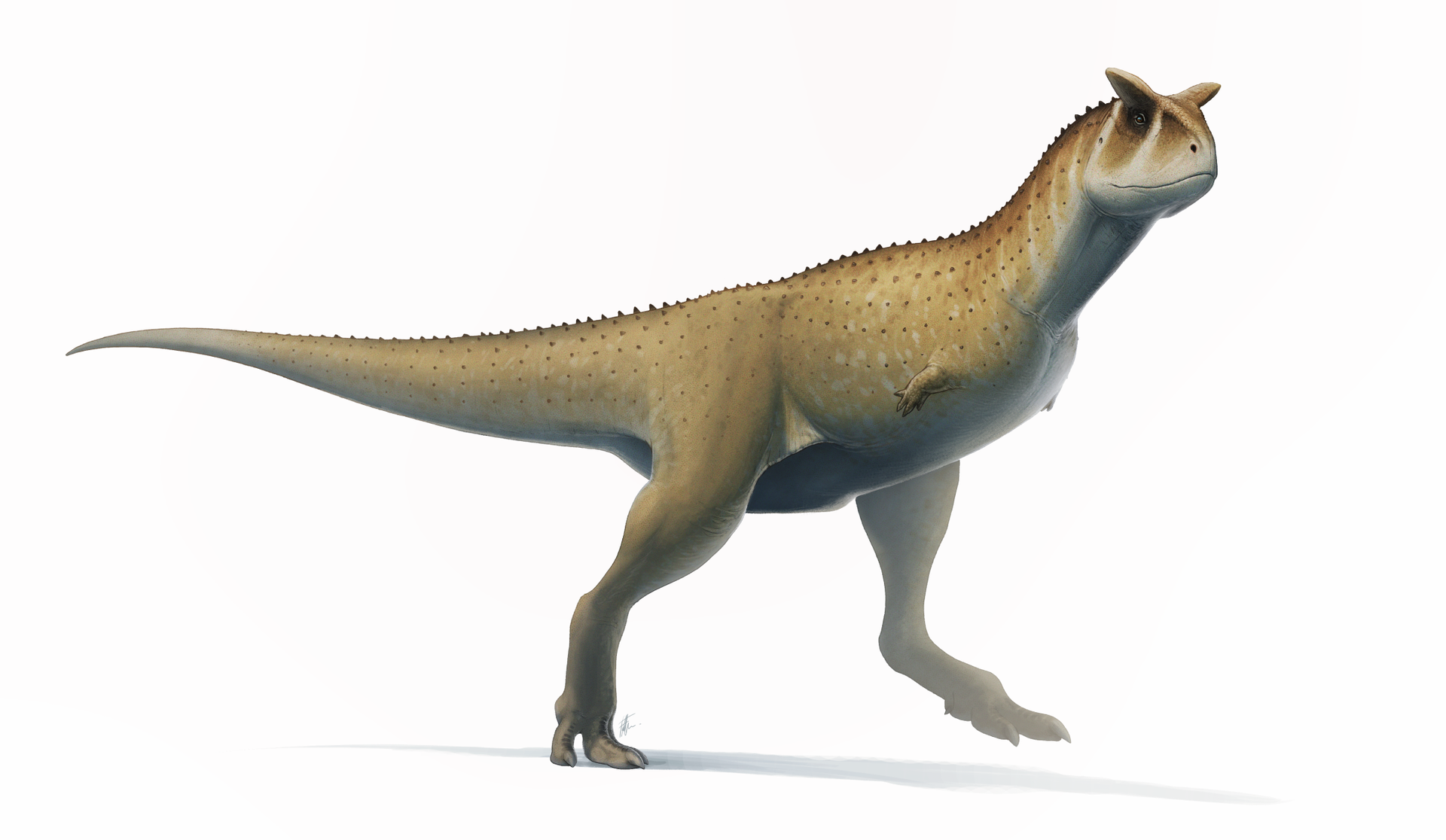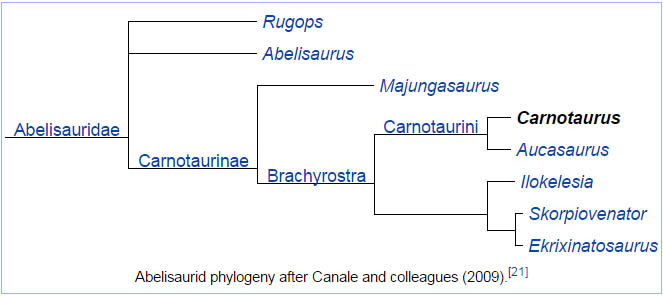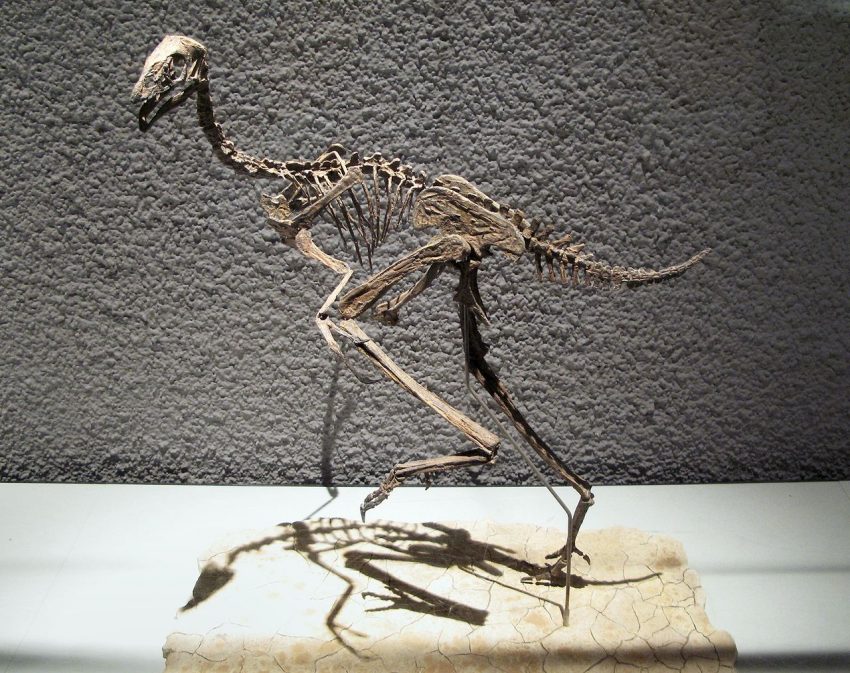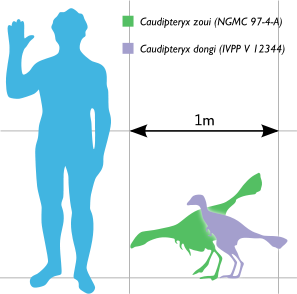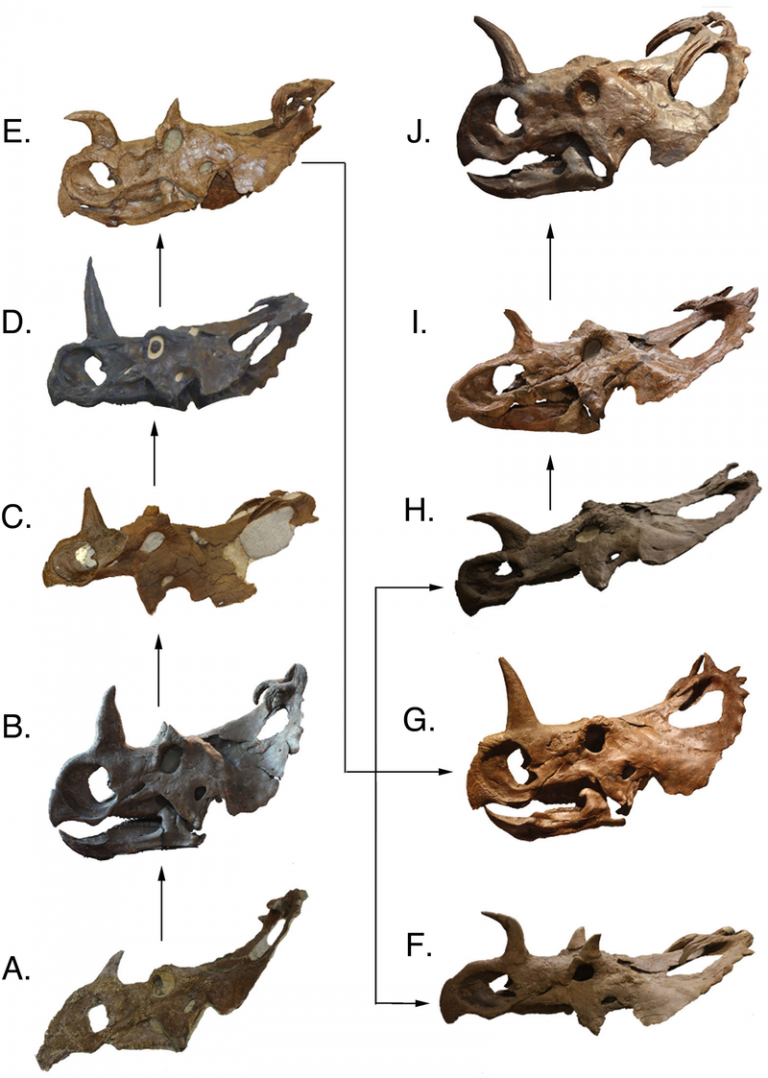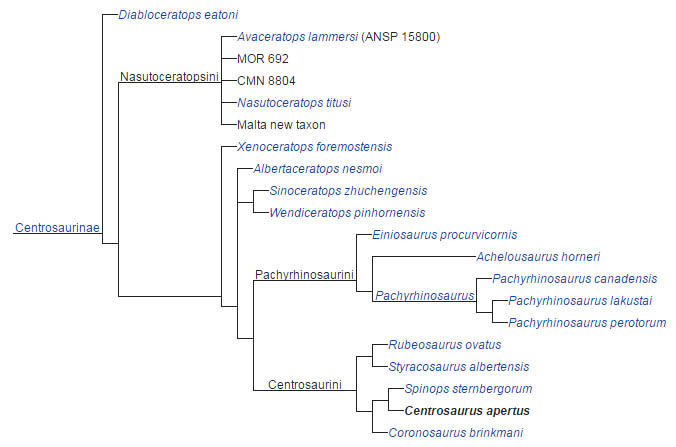Paleontologists Doubt ‘Dinosaur Dance Floor’

Potholes or tracks? A group of paleontologists visited the northern Arizona wilderness site nicknamed a “dinosaur dance floor” and concluded there were no dinosaur tracks there, only a dense collection of unusual potholes eroded in the sandstone. So the scientist who leads the University of Utah’s geology department says she will team up with the skeptics for a follow-up study.
A group of paleontologists visited the northern Arizona wilderness site nicknamed a “dinosaur dance floor” and concluded there were no dinosaur tracks there, only a dense collection of unusual potholes eroded in the sandstone.
So the scientist who leads the University of Utah’s geology department says she will team up with the skeptics for a follow-up study.
“Science is an evolving process where we seek the truth,” says Marjorie Chan, professor and chair of geology and geophysics, and co-author of a recent study that concluded the pockmarked, three-quarter-acre site in Vermilion Cliffs National Monument was a 190-million-year-old dinosaur “trample surface”.
“We went through the proper scientific process of careful study, comparisons with other published works and peer review” of the study by independent scientists, Chan adds. “We gave the project considerable critical thought and came up with a different interpretation than the paleontologists, but we are open to dialogue and look forward to collaborating to resolve the controversy.”
On Oct. 30 – more than a week after the Utah study was publicized worldwide – four scientists hiked to the remote wilderness-area site: paleontologist Brent Breithaupt, director and curator of the University of Wyoming’s Geological Museum; U.S. Bureau of Land Management paleontologist Alan Titus and geologist Rody Cox; and paleontologist Andrew Milner of the St. George (Utah) Dinosaur Discovery Site at Johnson Farm.
They saw dinosaur tracks en route, but none in the pockmarked “dance floor.”
“There simply are no tracks or real track-like features at this site,” Breithaupt says. “We will be investigating the formation of these features in the upcoming study. Science works best when scientists work together.”
Chan and Winston Seiler, who conducted the research as part of his master’s thesis, say they are not retracting their study, which was published in the October issue of Palaios, an international paleontology journal. But they acknowledge there are strong arguments for the features being potholes rather than dinosaur tracks. The original study cited the possibility that the features were potholes and outlined arguments against it.
Chan says if the features are potholes, they are extremely unusual compared with typical potholes on the Colorado Plateau – and their formation still needs to be explained fully. She will work with Breithaupt and the others to examine the site in greater detail.
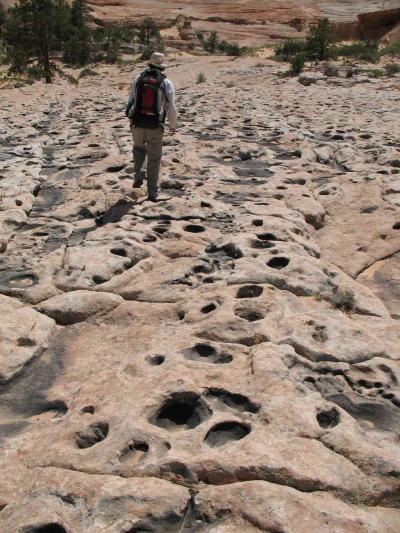
“A reinterpretation could emerge, but those conclusions have not yet been written as a scientific paper and need to be submitted to a journal for publication after peer review by other scientists,” she says.
Nevertheless, the University of Utah geologists feel obligated to inform the public of the difference of opinion because of wide publicity about the “dinosaur dance floor.”
“The public interest has been tremendous, and fortunately there are many other fantastic, accessible, documented dinosaur track sites than can be visited in the area,” Breithaput says.
Seiler spent considerable time at the unusual site. He acknowledges that the dinosaur track interpretation is controversial, further study is warranted, and if the paleontologists turn out to be correct, “that’s part of science.”
Chan adds: “This is how science works, and we’ll have to see how it shakes out in the end.”
Materials provided by University of Utah & published by www.sciencedaily.com November 7, 2008

